The Specifics: My Article
What I read: linked here
“If A Woman Came In … She Would Have Been Eaten Up Alive”: Analyzing Gendered Political Processes in the Search for an Athletic Director
Why I read it: Because I had research our first women’s athletics director ( at Santa Clara University) and we are finding articles now for our final paper, due in a few weeks
What it was: A case study to research and determine the role of gendered politics in the process of hiring an athletic director when female and male intercollegiate athletic departments merge. The authors explore a specific merger and the actions taken by the female booster group in support of women’s athletics and the equivalent male group.
What I hoped for: A more comprehensive view of the subject and statistics related to the politics in hiring athletic directors
What was helpful : Just the process of researching made me aware that there is actually a lot of academic conversation about sports management so I could analyze that specifically in my research if that is the specific direction I want to go.
The General: Databases
It was fascinating to learn that in this context a single case study was considered sufficient evidence to write about. It was a sort of anthropological approach to the subject through ethnographic study of individuals. However, these authors do not have any anthropological background as indicated by their miniature bios at the end of the article. Additionally, they have not been involved in women and gender studies, but they still were able to take on gender discrimination through their discipline. Suffice it to say this article was eye-opening in that you never now what people have written about. Any interdisciplinary connections can draw minds from one field to explore another through a different lens. This isa part of why databases are so chalked full of articles. You never know who will comment and bring something new to the conversation next. You never know what is out there in the vast land of a database.
This does not surprise me but rather reminds me that when I research, there is always another way of looking at the topic that I have not yet discovered. I encourage you to look up a few keywords with a topic in mind and see how many disciplines have published articles on the topic.
Get Searching! Source: Wikimedia Commons
Need a database to search? Visit Omnifile or Ebscohost through the SCU library site

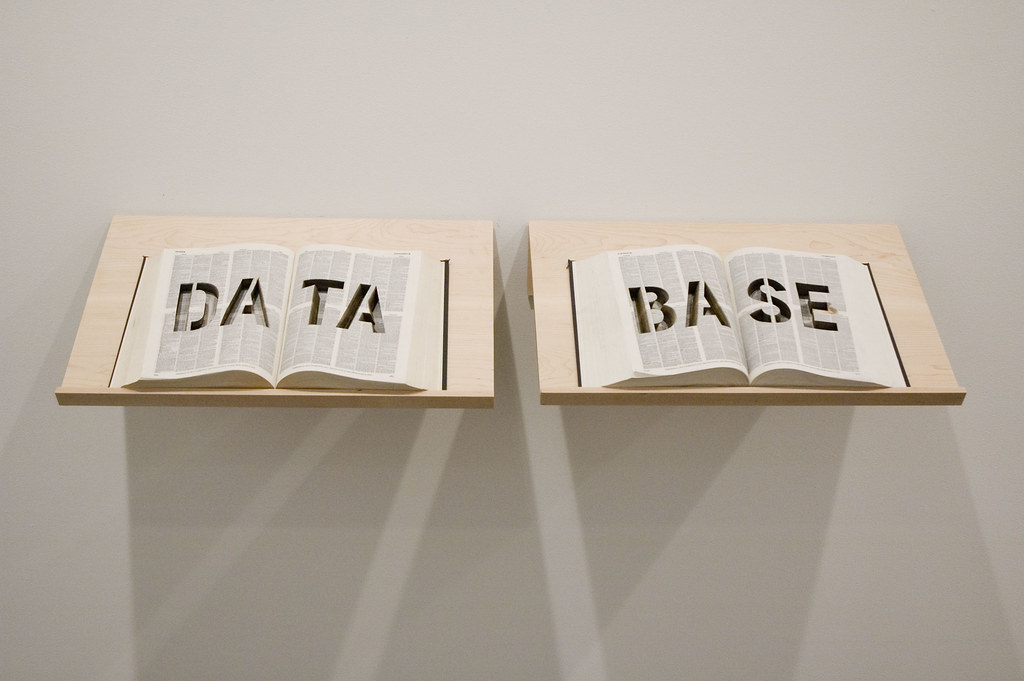



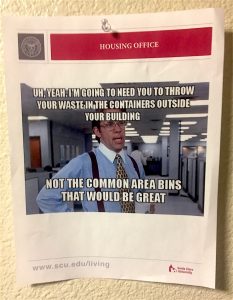

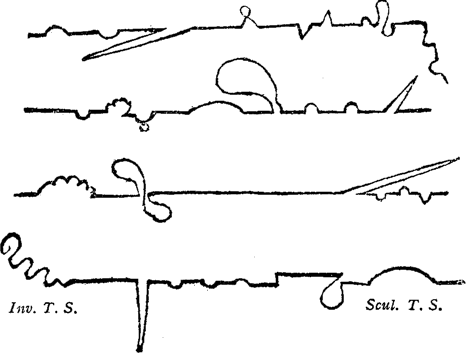








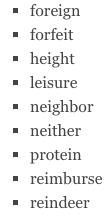 Well, in the English language it seems that there are sometimes more exceptions than rules. Take for example the rule i before e except after c. Well, not only is there an exception within the rule but there also exceptions to that rule. Take for example the incomplete list below. All of those words break that rule (
Well, in the English language it seems that there are sometimes more exceptions than rules. Take for example the rule i before e except after c. Well, not only is there an exception within the rule but there also exceptions to that rule. Take for example the incomplete list below. All of those words break that rule (
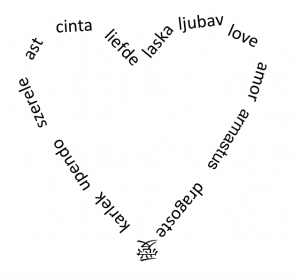 Well, format then perhaps? Different genres have different punctuation expectations, different spacing expectations, and different vocabulary expectations. Poetry often lacks punctuation and uses as much of or as little of the space as it desires. In contrast prose uses extensive punctuation and has many rules about the spacing. Take for example an academic essay in comparison with a shape poem (see image to right). I can’t distinguish any clear rules that those have in common.
Well, format then perhaps? Different genres have different punctuation expectations, different spacing expectations, and different vocabulary expectations. Poetry often lacks punctuation and uses as much of or as little of the space as it desires. In contrast prose uses extensive punctuation and has many rules about the spacing. Take for example an academic essay in comparison with a shape poem (see image to right). I can’t distinguish any clear rules that those have in common.